The Executive Director of the Ghana Center for Democratic Development (CDD-Ghana), Professor H. Kwasi Prempeh, has expressed deep concern over the current procedure for removing justices of the superior courts, calling for greater transparency and systemic reform—particularly in the wake of the recent suspension of Chief Justice Gertrude Araba Esaaba Sackey Torkornoo.

In a pointed critique, Prof. Prempeh questioned the adequacy of Article 146 of the 1992 Constitution, which governs the removal process for superior court justices, including the Chief Justice.
“I have at least two concerns with Article 146 in its current form,” he stated. “The first is the secrecy surrounding the removal petition. Even if proceedings must be held in camera, at the very least, the findings, outcomes, and supporting evidence should be disclosed to the public after the process concludes.”
He emphasized that transparency and accountability are essential to maintaining public confidence in the judiciary. “The public deserves to know why a removal petition was upheld or dismissed,” he asserted. “For the sake of justice, the grounds and evidence supporting the committee’s decision—regardless of the outcome—must be made public, so citizens can determine for themselves whether justice has truly been served.”
Prof. Prempeh also criticized the composition of the five-member committee tasked with investigating removal petitions, especially in cases involving the Chief Justice. “Where the removal petition pertains to a Chief Justice, no sitting judge should be included in the five-person removal committee that is constituted to hear the petition,” he said. “None of the CJ’s judicial peers must be made to sit in judgment on a removal petition involving their judicial colleague or ‘boss’, as they are likely to have an interest in the outcome.”
He recommended the use of retired jurists or career public servants to avoid potential conflicts of interest, and called for a more politically inclusive and neutral process for selecting committee members.
“Better to keep a President out of the removal process, except to implement, after the fact, the final outcome of the process as determined by an independent removal committee,” he added.

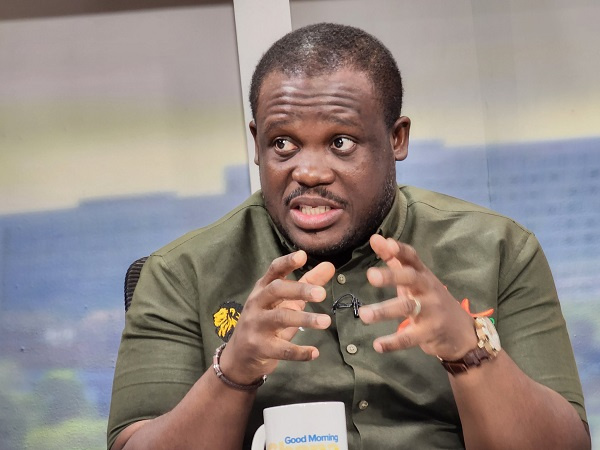
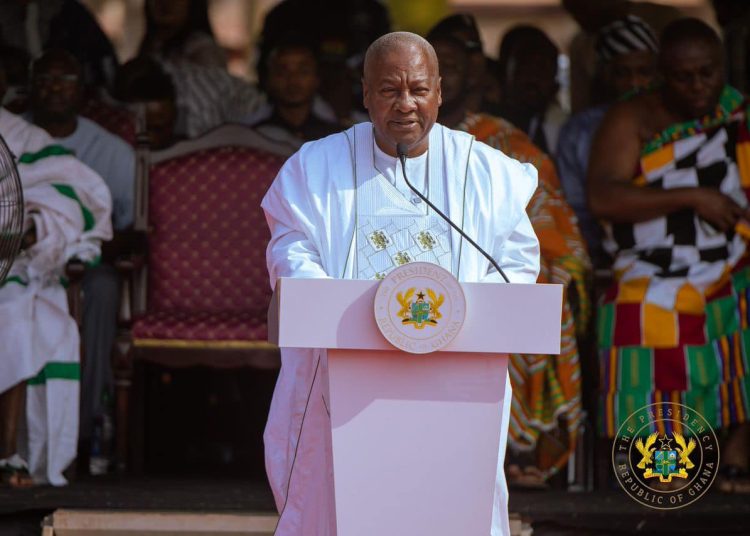

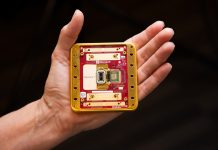






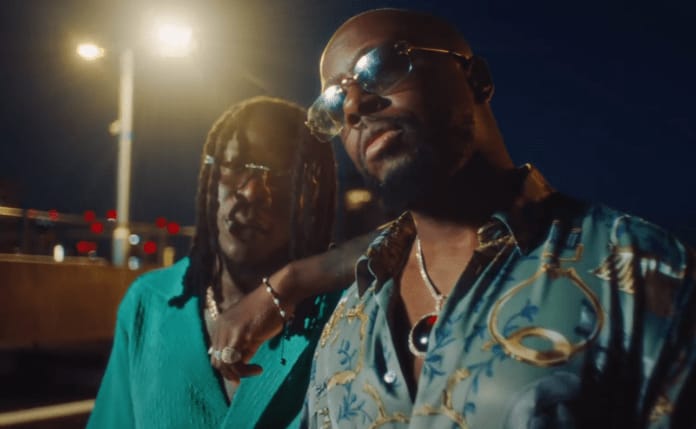

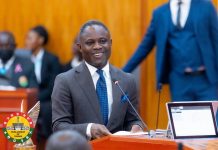
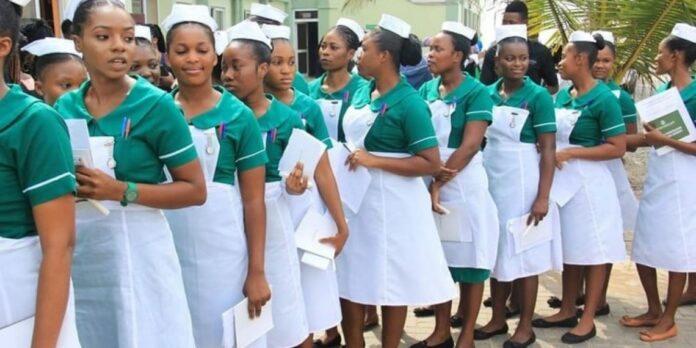
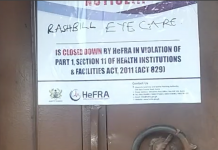
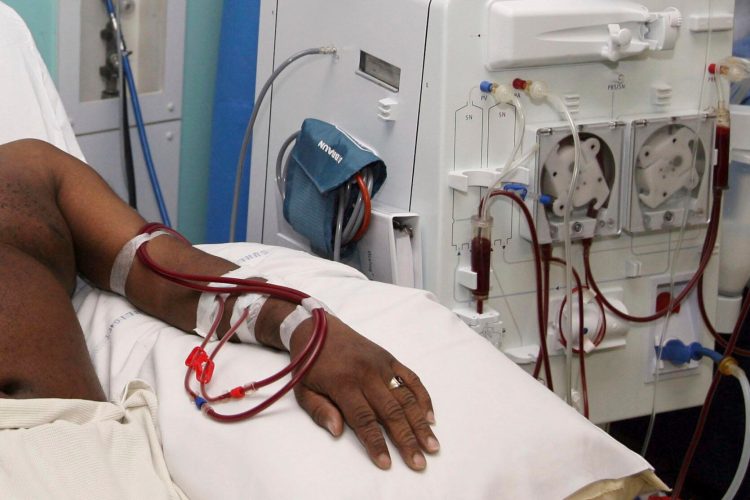











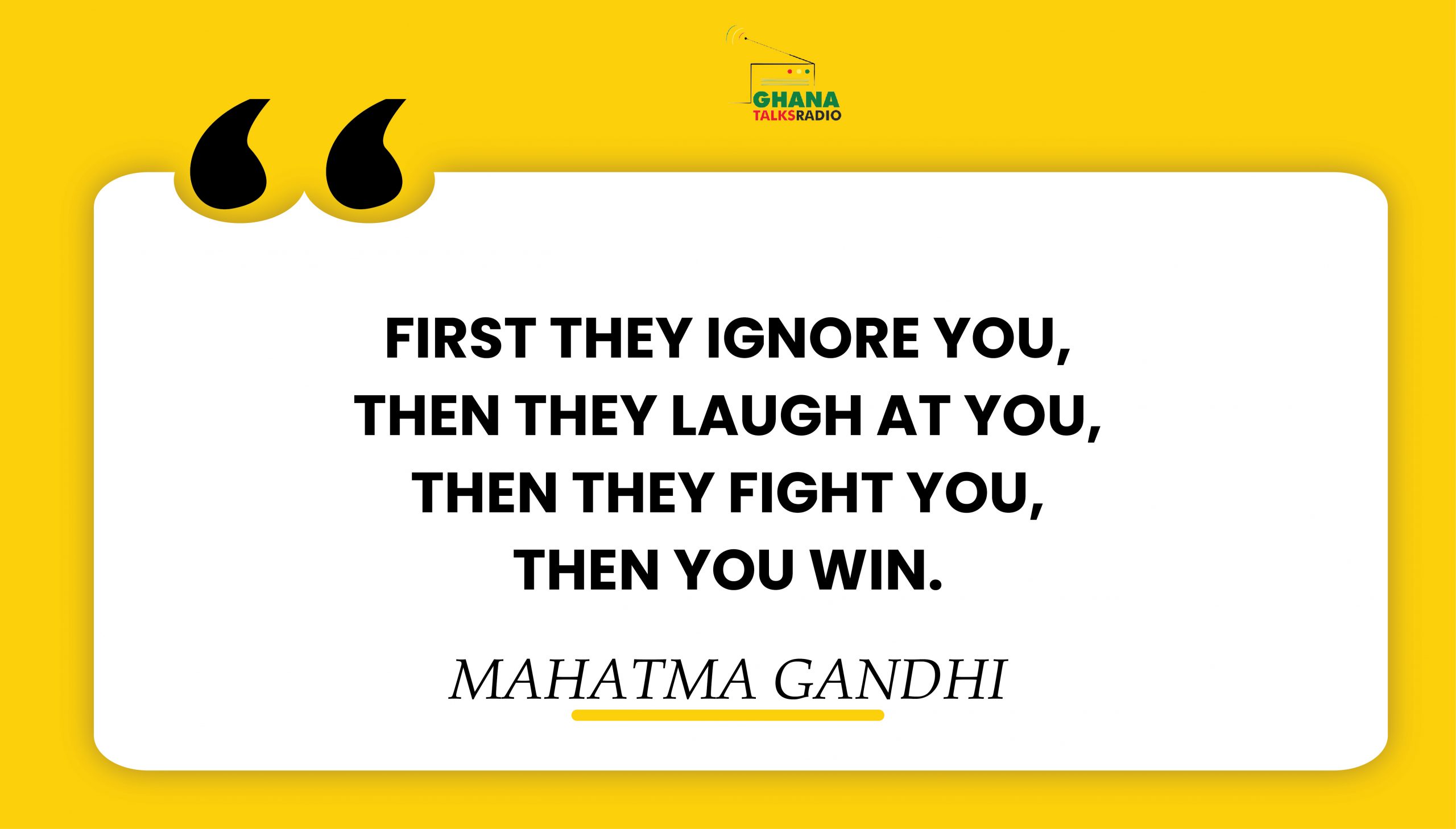




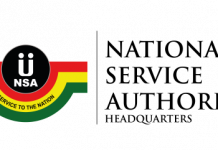
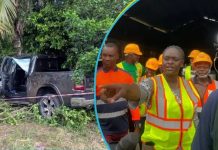
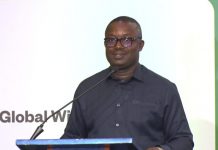

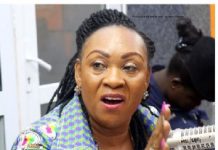
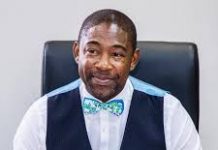
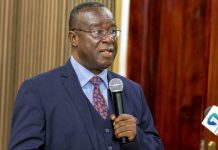
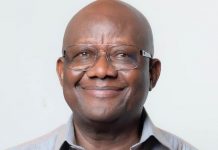
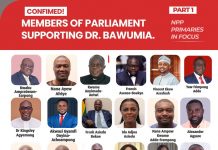
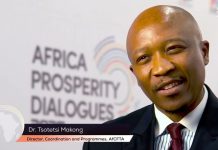


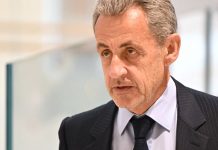





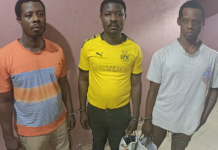

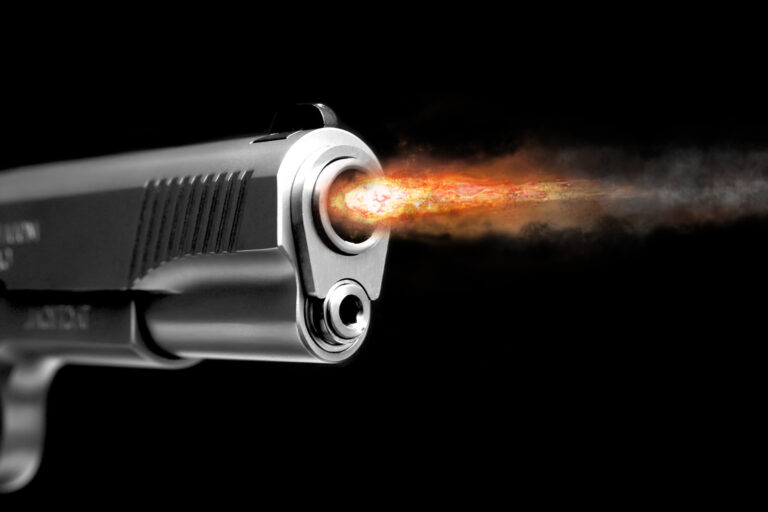

![[FREE FREE MONEY] Predict and Win a Guaranteed GH¢200 From Us EVERY WEEK](https://wordpress.ghanatalksradio.com/wp-content/uploads/2022/02/Predict-and-Win-Final-09-03-2021-218x150.jpg)
![[Predict & Win – 8th/Oct.] WIN A Guaranteed ¢200 From Us This Week](https://wordpress.ghanatalksradio.com/wp-content/uploads/2021/10/maxresdefault-16-218x150.jpg)
![[Predict & Win – 2nd] WIN A Guaranteed ¢200 From Us This Week](https://wordpress.ghanatalksradio.com/wp-content/uploads/2021/09/maxresdefault-50-218x150.jpg)
![[Predict & Win – 25th] WIN A Guaranteed ¢200 From Us This Week](https://wordpress.ghanatalksradio.com/wp-content/uploads/2021/09/maxresdefault-36-218x150.jpg)
![[Predict & Win – 18th] WIN A Guaranteed ¢200 From Us This Week](https://wordpress.ghanatalksradio.com/wp-content/uploads/2021/09/maxresdefault-23-218x150.jpg)
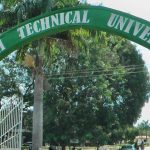
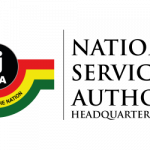






![[National cathedral] See full list of churches that have contributed since 2018](https://wordpress.ghanatalksradio.com/wp-content/uploads/2020/09/Ghana-National-Cathedral-GhanaTalksRadio-100x70.jpg)


![[COVID-19 Trust Fund] ¢50m disbursed to health facilities – Sophia Akuffo](https://wordpress.ghanatalksradio.com/wp-content/uploads/2022/06/Sophia-Akuffo-is-Chairperson-of-COVID-19-Trust-Fund.-100x70.jpg)
